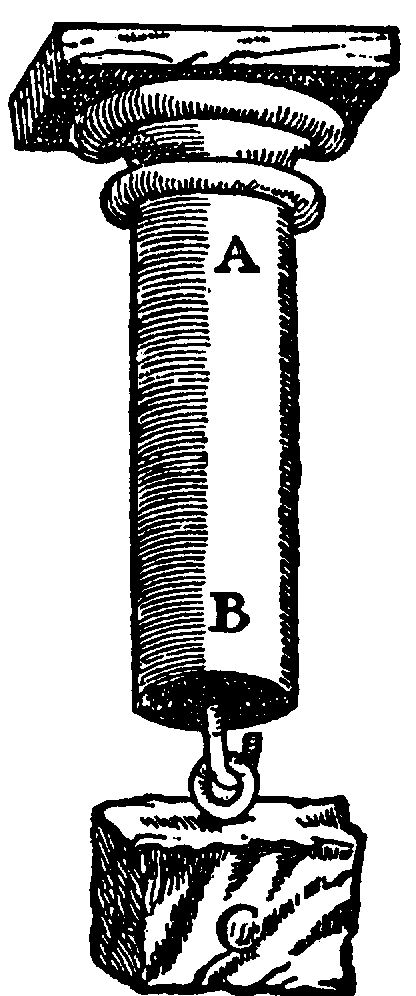
In the posted passages, notice that the method of Galileo suffers from lack of accommodation to the gross differences between the reaction times of human beings (on the order of 10-1 second) and the transit time of light over a distance of kilometers (on the order of 10-4 second).
Although Galileo makes no explicit statement concerning personal equation, his method of practising at short distances before measuring at long distance would impose experimental control cancelling each observer's personal equation nicely. Such control would be equivalent to simple subtraction of an astronomer's personal equation, after estimation of the equation experimentally, independent of the recording of the observation.
Of course, in astronomy, one rarely would have an opportunity meaningfully to practice ones observing skills at close distance from an object of interest.
Note: Copyright on the original work and the translation herein has
expired. The passages posted below are in public domain.

Back to Pulfrich Effect Home. University Privacy Policy
The Pulfrich Effect, SIU-C. Last updated 2000-07-23